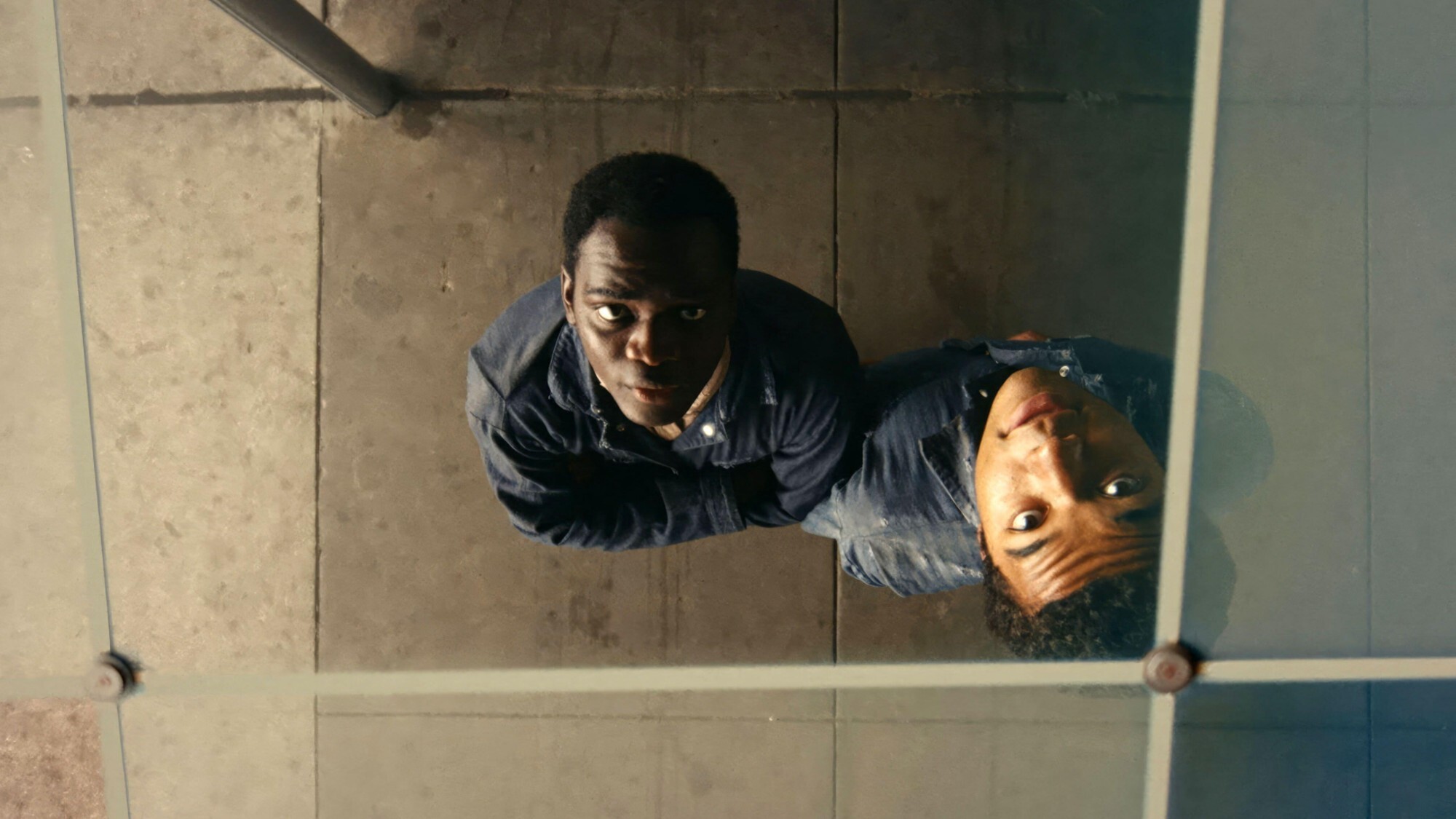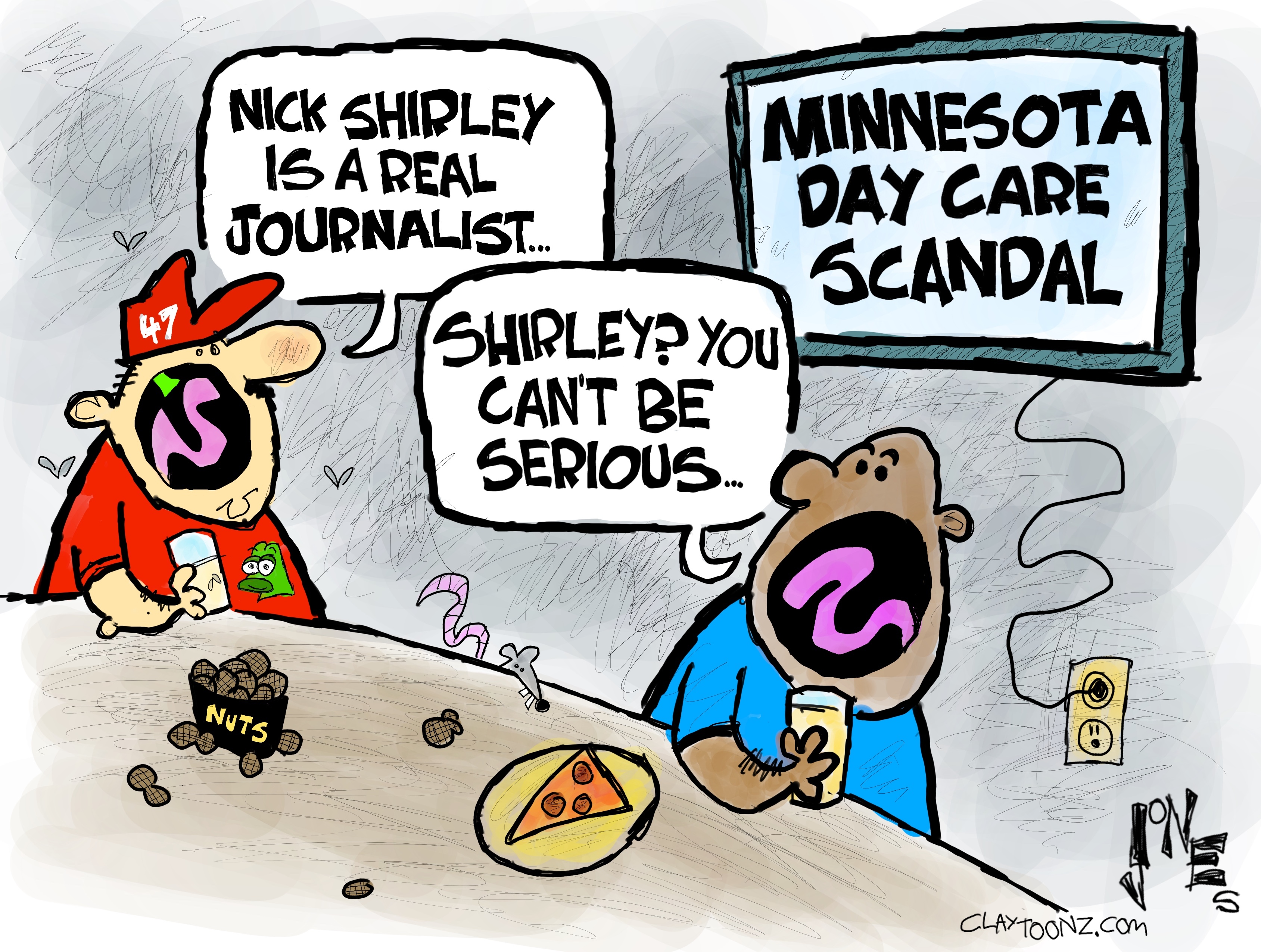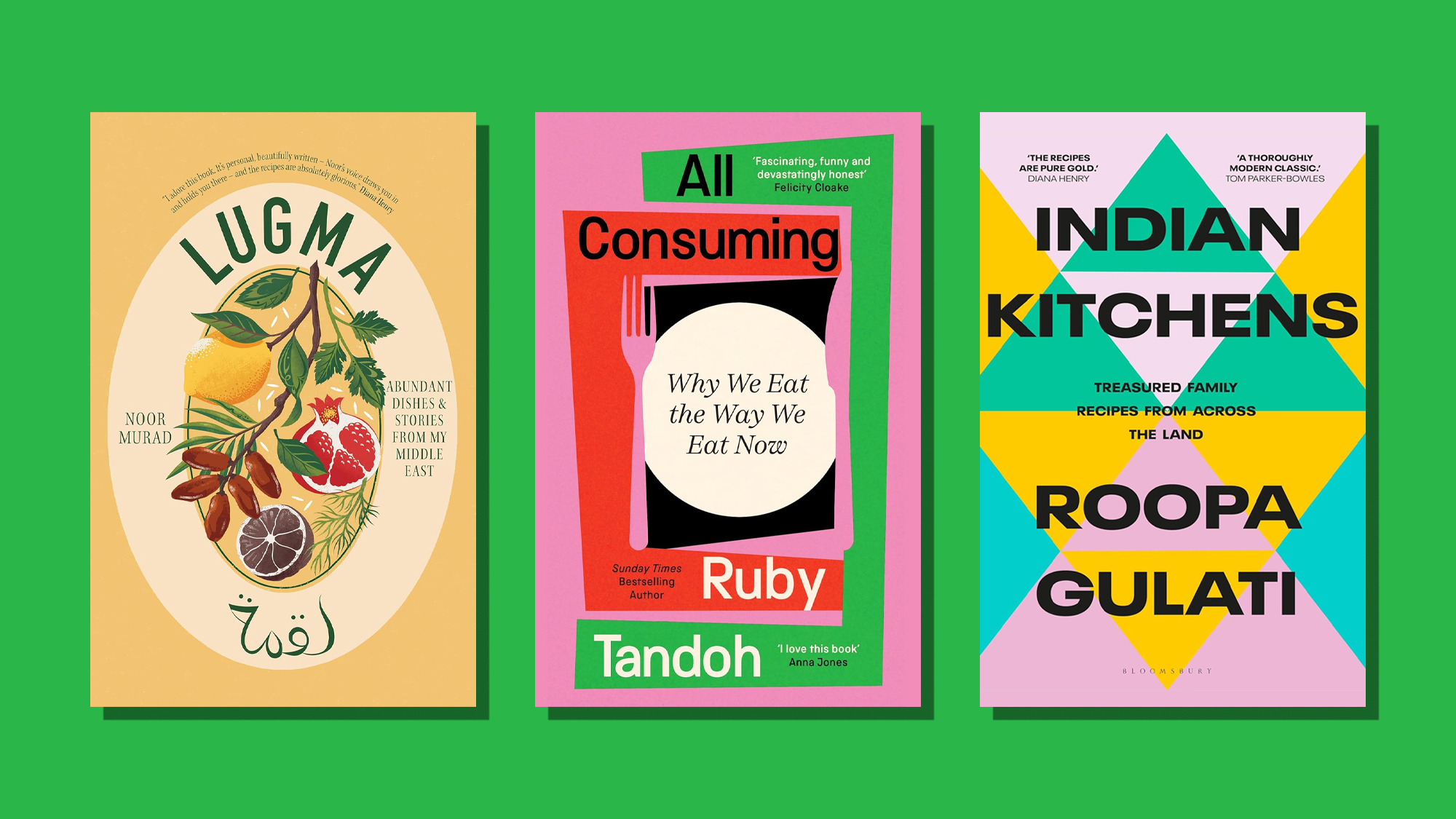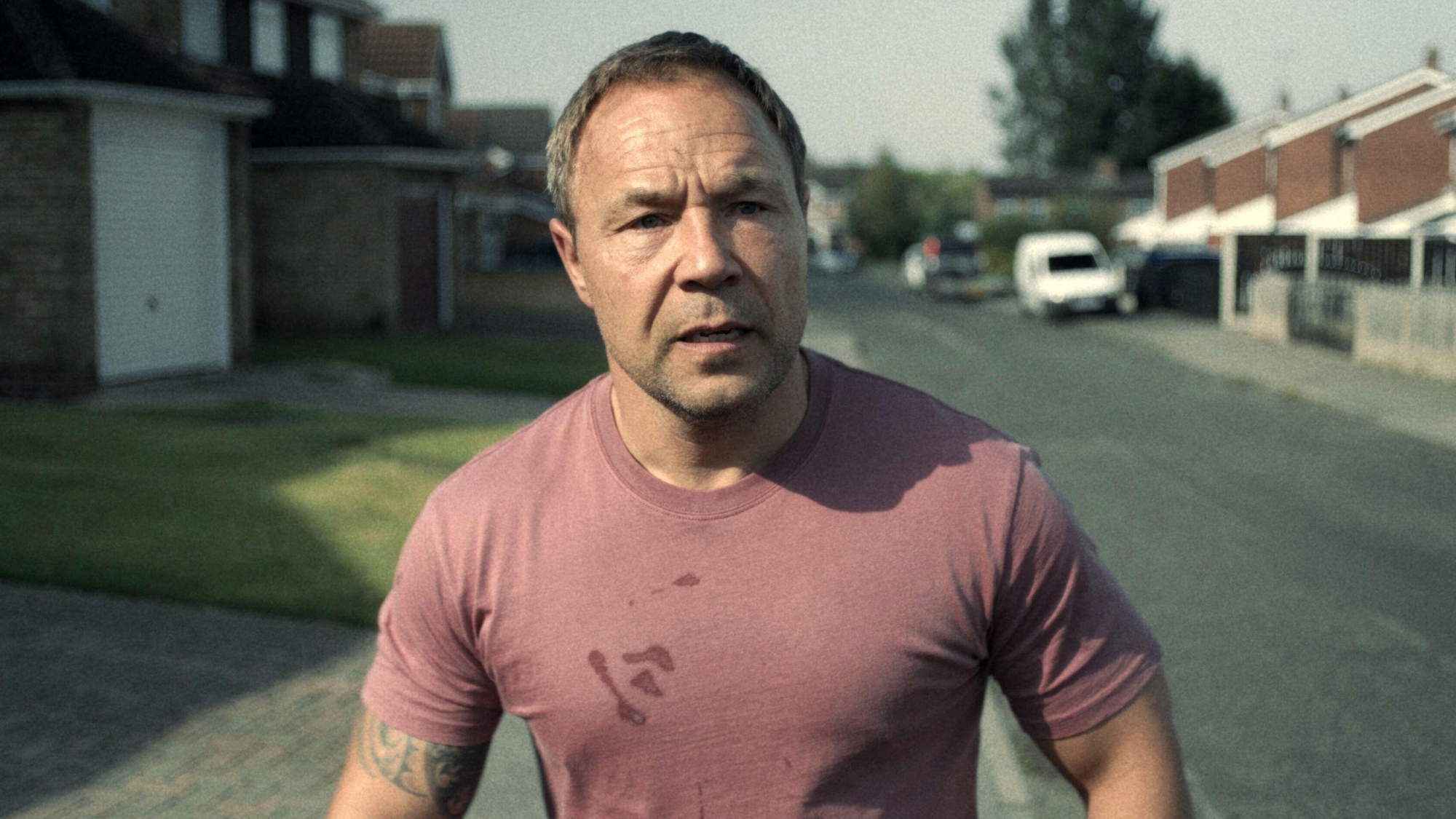After Impressionism review: ‘incontestable masterpieces’ at the National Gallery
While it covers well-worn territory, this is an engaging exhibition that’s ‘hard to leave’

The story of the great changes that occurred in painting in late 19th and early 20th century France is “probably the most frequently told” in all art history, said Mark Hudson in The Independent. The period produced “some of the most genuinely popular art ever created”, giving us Cézanne, van Gogh, Gauguin and, ultimately, Picasso. As such, the National Gallery’s latest blockbuster covers well-worn territory.
The exhibition focuses on the radical achievements of the artists who followed in the wake of the impressionists, covering the years from 1886, when the last impressionist exhibition was held in Paris, to the outbreak of the First World War. Bringing together 95 works, the show seeks to demonstrate how bold new tendencies originating in Paris radiated out to cities including Berlin, Brussels, Vienna and Barcelona, mixing efforts by the era’s most famous names with pieces by lesser-known artists. It features “incontestable masterpieces” aplenty, from Rodin’s “towering” 1898 sculpture of Balzac to Cézanne’s “monumental” Bathers (1894-1905). But can it possibly tell us anything new about this most familiar chapter of art history?

There are a few revisionist twists to the standard telling of modernism’s birth, said Hettie Judah in The i Paper. Gauguin’s paintings of teenage Tahitian girls, for instance, are accompanied by the “now-mandatory labels” noting his “exploitative” relationships. The inclusion of a handful of works by women artists, including Camille Claudel, Käthe Kollwitz and Sonia Delaunay, acknowledges their omission from the male-dominated story of the period’s art. Elsewhere, we see a number of pieces by “inventive and unconventional” artists seldom cited in this context, notably the Belgian painter James Ensor. His Astonishment of the Mask Wouse (1889) is a “bizarre scene” in which “a shrewish woman with bonnet and parasol” is surrounded by collapsed puppets. For the most part, however, it’s the same old story. “For all its lusciousness, this feels like a tremendously old-fashioned exhibition.”
The Week
Escape your echo chamber. Get the facts behind the news, plus analysis from multiple perspectives.

Sign up for The Week's Free Newsletters
From our morning news briefing to a weekly Good News Newsletter, get the best of The Week delivered directly to your inbox.
From our morning news briefing to a weekly Good News Newsletter, get the best of The Week delivered directly to your inbox.
It’s an undeniably “flawed show”, said Jonathan Jones in The Guardian. Where it does succeed, though, is in reminding us quite how uninhibited and odd the leading lights of the era could be. We see a “wild” wooden relief of Matisse’s famous The Dance; Degas’s vision of “a woman lost in red ecstasy” as her hair is combed; and, most radical of all, Cézanne’s “dismantling” of nature with paintings such as his “hypnotic” view of Mont Sainte-Victoire. From here, it is just a short hop to Picasso’s “revolutionary” 1910 portrait of Wilhelm Uhde, in which the collector’s features disintegrate into “a crystal cavern” of shapes. For all its drawbacks, this is an engaging exhibition that takes you down many “odd byways”. It was “one I found hard to leave”.
National Gallery, London WC2 (020-7747 2885, nationalgallery.org.uk). Until 13 August.
A free daily email with the biggest news stories of the day – and the best features from TheWeek.com
-
 Political cartoons for January 4
Political cartoons for January 4Cartoons Sunday's political cartoons include a resolution to learn a new language, and new names in Hades and on battleships
-
 The ultimate films of 2025 by genre
The ultimate films of 2025 by genreThe Week Recommends From comedies to thrillers, documentaries to animations, 2025 featured some unforgettable film moments
-
 Political cartoons for January 3
Political cartoons for January 3Cartoons Saturday's political cartoons include citizen journalists, self-reflective AI, and Donald Trump's transparency
-
 The ultimate films of 2025 by genre
The ultimate films of 2025 by genreThe Week Recommends From comedies to thrillers, documentaries to animations, 2025 featured some unforgettable film moments
-
 Into the Woods: a ‘hypnotic’ production
Into the Woods: a ‘hypnotic’ productionThe Week Recommends Jordan Fein’s revival of the much-loved Stephen Sondheim musical is ‘sharp, propulsive and often very funny’
-
 The best food books of 2025
The best food books of 2025The Week Recommends From mouthwatering recipes to insightful essays, these colourful books will both inspire and entertain
-
 Art that made the news in 2025
Art that made the news in 2025The Explainer From a short-lived Banksy mural to an Egyptian statue dating back three millennia
-
 Nine best TV shows of the year
Nine best TV shows of the yearThe Week Recommends From Adolescence to Amandaland
-
 Winter holidays in the snow and sun
Winter holidays in the snow and sunThe Week Recommends Escape the dark, cold days with the perfect getaway
-
 The best homes of the year
The best homes of the yearFeature Featuring a former helicopter engine repair workshop in Washington, D.C. and high-rise living in San Francisco
-
 Critics’ choice: The year’s top 10 movies
Critics’ choice: The year’s top 10 moviesFeature ‘One Battle After Another’ and ‘It Was Just an Accident’ stand out